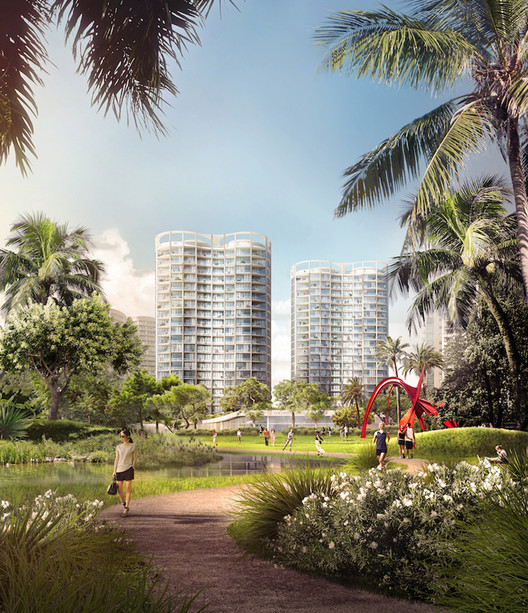
Civic buildings are, as a rule, both austere and intimidating. They are often designed to represent authority above all, taking cues from Classical architectural language to construct an image of power, dominance, and civic unity. Adam Nathaniel Furman, a London-based architect and thinker, has at once eschewed and reengaged this typology in order to propose an entirely new type of civic center ("Town Hall") for British cities. The proposal, which was commissioned by the 2017 Scottish Architectural Fringe as part of a New Typologies exhibition in which architects are imagining "how our shared civic infrastructure will exist in the future, if at all", is currently on display in Glasgow.
By "re-grouping various civic functions into one visually symbolic composition of architectural forms," references and types of ornament and allusions have been configured "depending on the metropolitan area within which it is situated in and embodies." In short, Furman states, the Democratic Monument "is an expression of urban pride, chromatic joy, and architectural complexity" which has universal symbolism but remains a beacon to its vicinity.











.jpg?1498818491)






















.jpg?1498231225)
.jpg?1498229448)
.jpg?1498229480)
.jpg?1498231266)
.jpg?1498229491)






.jpg?1498063231)


